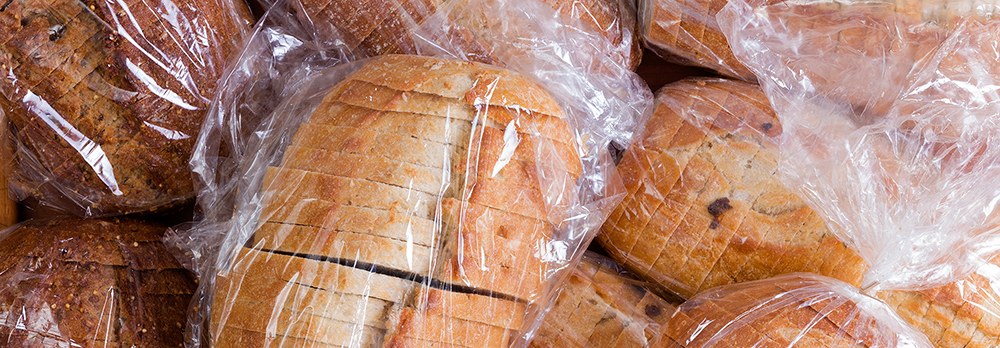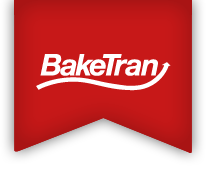
The problem
Wrapped crusty breads going soft.
The Cause
Moisture migration from the bread crumb to the crust and being retained in the wrapper
The explanation
The problem is related to the cooling and wrapping practices. Crusty products should not be stored in impermeable films or plastic bags.
If the products are too warm when they are placed in plastic bags then the loss of moisture from the product crumb results in condensation and the condensing moisture is absorbed by the crust turning it soft. It will also increase the risk of accelerated mould growth as the normally low moisture and water activity of the crust both increase.
Even when products are adequately cooled before they are placed in impermeable plastic bags the process of moisture migration from the product crumb to the atmosphere in the bag will occur. This is because the cell network in the bread crumb is open and water can readily escape to the atmosphere. The relative humidity of the atmosphere is lower than that inside the loaf and so the driving force is for moisture to be lost from the crumb. Moisture migration will continue until equilibrium is reached in the bag, that is, the air, the product crust and the crumb all have the same moisture content. The rate at which this would occur depends on many factors, not least the temperature at which the product is kept.
The solution
It has become a common practice with many crusty-style products to wrap them in ‘perforated’ film or bags. The material used has a number of small diameter holes through which moisture can escape.
This means that the equilibrium referred to above cannot occur. The positive benefit of this approach is that the moisture differential between crust and crumb is maintained and some of the original product crustiness is maintained.
A disadvantage of this approach is that the product crumb will become drier faster than would be the case with an impermeable plastic bag. The size and numbers of perforations can vary and these should be checked out with the supplier of your wrapping materials.
